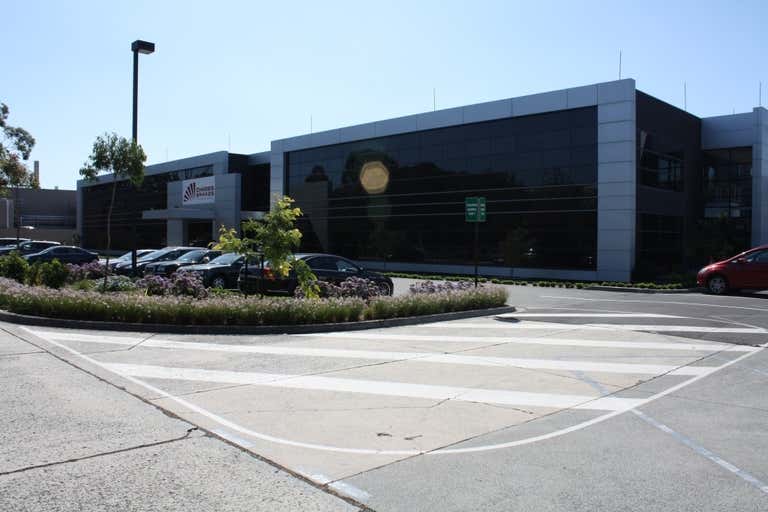
These “upwelling shadows” are sites of the highest chlorophyll concentrations in EBUS ( Vander Woude et al., 2006), contrasting with lower productivity in areas with strong advection this variability may influence zooplankton and higher trophic levels ( Santora et al., 2011). In embayments and other wind-protected inshore areas and in places where local circulation patterns may favor retention of local water masses, primary production can be intense and sustained ( Graham and Largier, 1997). However, multi-trophic level, end-to-end (i.e., “winds to whales”) studies are needed to resolve the resilience of EBUS to climate change, especially their response to long-term trends or extremes that exceed pre-industrial ranges. Although predictions of ecosystem responses are uncertain, EBUS experience considerable natural variability and may be inherently resilient. There is low confidence regarding the future effects of climate change on coastal temperatures and biogeochemistry due to uncertainty in the countervailing responses to increasing upwelling and coastal warming, the latter of which could increase thermal stratification and render upwelling less effective in lifting nutrient-rich deep waters into the photic zone. Although evidence is weak in data that are presently available, future projections show that this pattern might be driven by changes in the positioning of the oceanic high-pressure systems rather than by deepening of the continental low-pressure systems, as previously proposed. We find that model and observational data suggest coastal upwelling-favorable winds in poleward portions of EBUS have intensified and will continue to do so in the future. We use these recent studies to develop a new synthesis describing climate change impacts on EBUS. The IPCC AR5 provided an overview of the likely effects of climate change on Eastern Boundary Upwelling Systems (EBUS), stimulating increased interest in research examining the issue. 6Environmental Research Division, National Oceanic and Atmospheric Administration Southwest Fisheries Science Center, Monterey, CA, USA.5Department for Biodiversity and Conservation Biology, University of the Western Cape, Bellville, South Africa.4Marine Science Institute, University of Texas at Austin, Port Aransas, TX, USA.3Department of Biological Sciences and Marine Science Program, University of South Carolina, Columbia, SC, USA.


Entang Wiharso 'Nowhere to Go' (2016) Aluminum, car paint, resin, color pigment, thread, and.


 0 kommentar(er)
0 kommentar(er)
